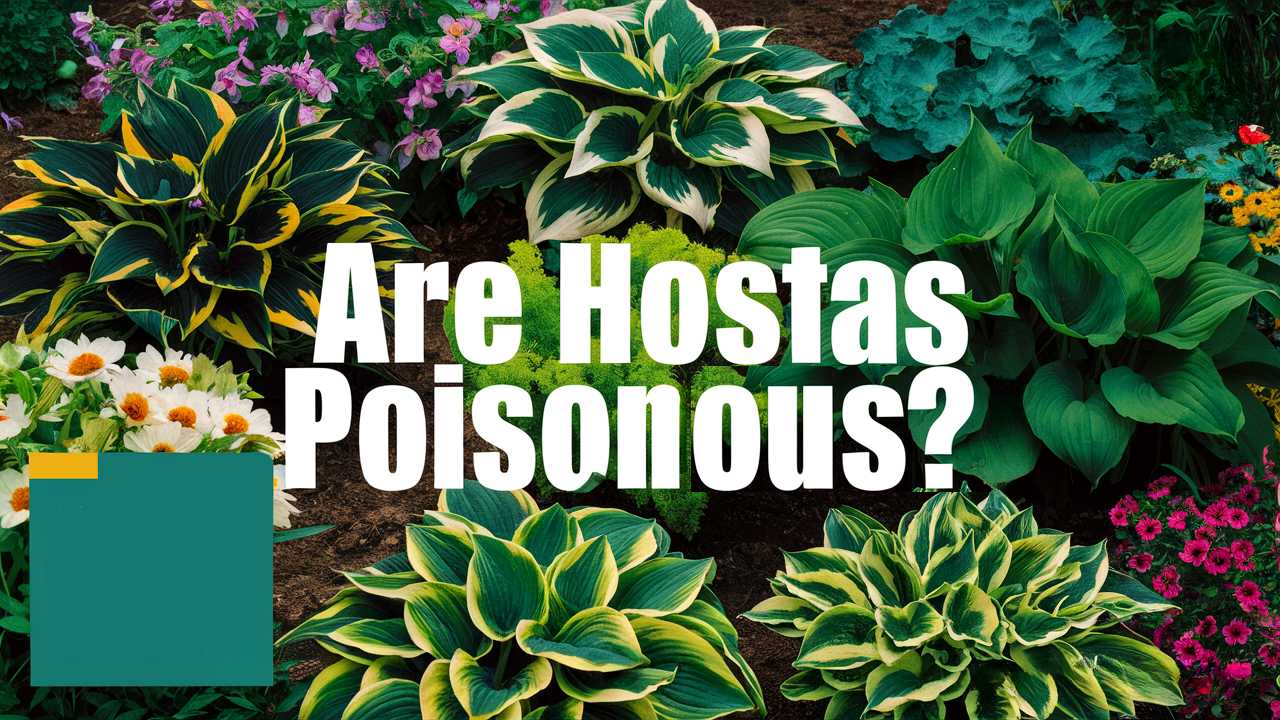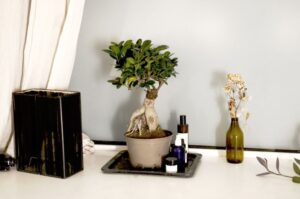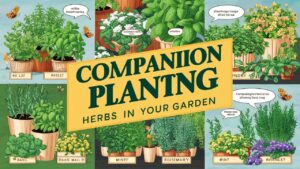Are hostas poisonous? Let’s explore this topic in detail, shedding light on the nature of hostas, their safety around pets and humans, and any other related concerns that may prompt curiosity.
Are Hostas Poisonous? The Short Answer
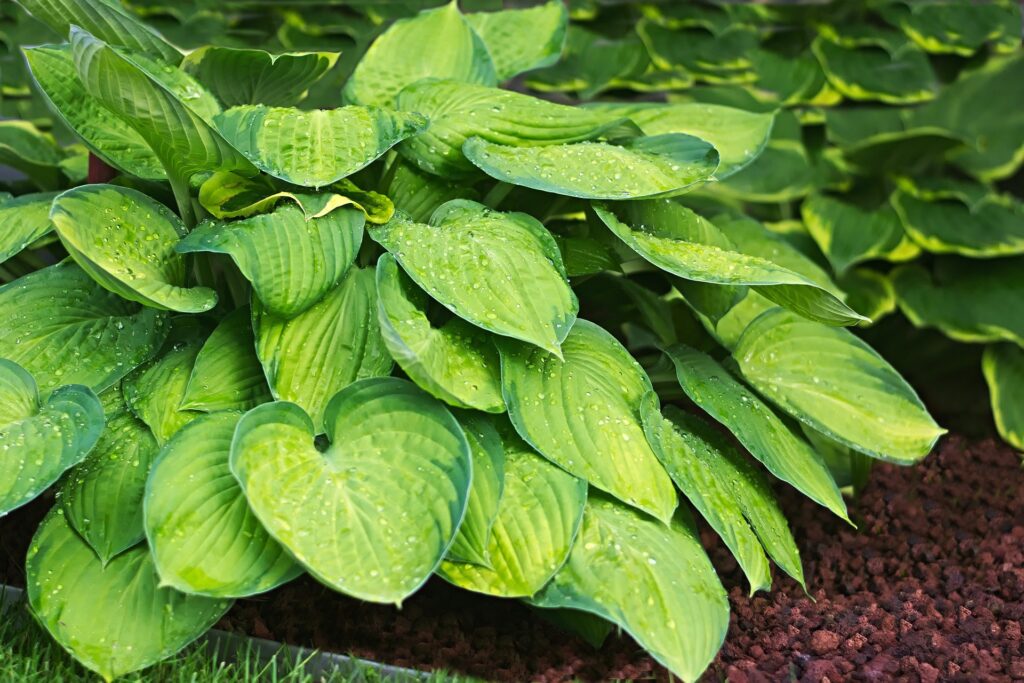
The short answer to the question of whether hostas are poisonous is “No, they are not considered poisonous to humans.” With that said, consuming parts of the hosta plant can result in mild gastrointestinal discomfort. This is primarily due to the presence of compounds called saponins. These naturally occurring chemicals can cause nausea, vomiting, or diarrhea when ingested in significant amounts.
However, the toxicity is generally mild, and most people only experience mild symptoms. Hostas are not classified as toxic by various plant toxicity databases, including the American Society for the Prevention of Cruelty to Animals (ASPCA), which lists them as non-toxic to humans.
Impact on Pets: Safety Concerns for Dogs and Cats
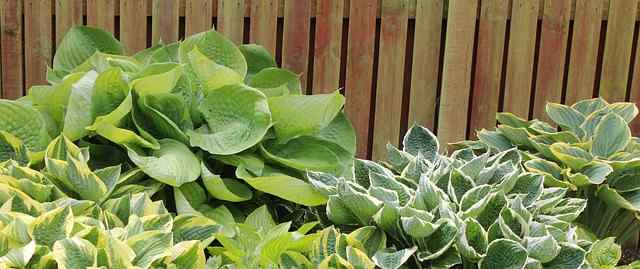
While hostas might be generally safe for human consumption, pet owners may be more concerned about the impacts on their furry companions. According to the ASPCA, hostas are indeed toxic to dogs and cats. The saponins found in hostas can affect pets more seriously than humans, leading to symptoms such as vomiting, diarrhea, and lethargy.
If you suspect that your pet has ingested hosta leaves, it’s crucial to monitor them for any signs of distress. If symptoms persist or you’re unsure, contacting a veterinarian is advisable. Though many pets may nibble on plants out of curiosity, hostas are not the most appealing option due to their texture and taste. Nonetheless, it’s best to be vigilant if you have a pet that enjoys exploring the garden.
Symptoms of Hosta Ingestion
Understanding the potential symptoms resulting from hosta ingestion can help you act swiftly should a situation arise. While mild symptoms might lead to discomfort, the following signs may indicate that either a human or pet has ingested hosta parts:
Nausea: Individuals may feel queasy or unsettled after consuming hostas.
Vomiting: This is a common reaction, particularly after consuming any part of the plant.
Diarrhea: Loose stools may follow as the body tries to expel the ingested toxins.
Abdominal Cramping: Some may experience discomfort or cramping in the abdominal area.
Lethargy: Pets, in particular, may become less active and seem unusually tired.
While these symptoms can be alarming, they are generally not severe. However, it’s essential to rule out any other possible causes by consulting a medical or veterinary professional.
Misconceptions About Hostas and Their Toxicity
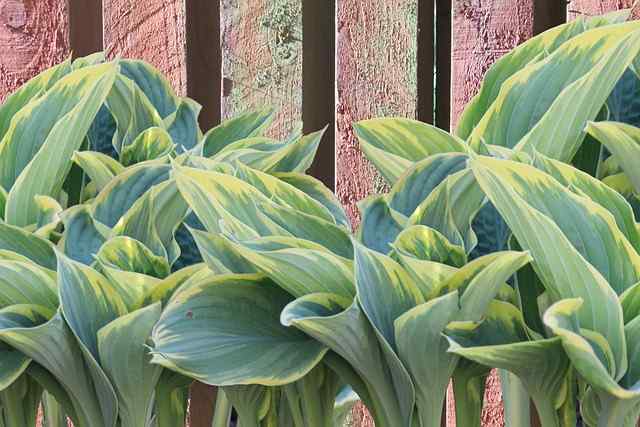
Misunderstandings surrounding plant toxicity can lead to unnecessary fear. Hostas, while they can cause mild symptoms in some situations, are often included in garden designs without harmful consequences. These misconceptions often arise from confusing hostas with other plants that are indeed toxic, leading to an unwarranted reputation.
For instance, some plants like oleander or azalea are extremely toxic and can pose severe health risks. Hostas, on the other hand, do not belong in the same class of dangerous plants. In fact, many gardening books and resources highlight the appeal of hostas due to their robustness and the fact that they don’t require extensive care.
Benefits of Growing Hostas: Why They’re Worthwhile
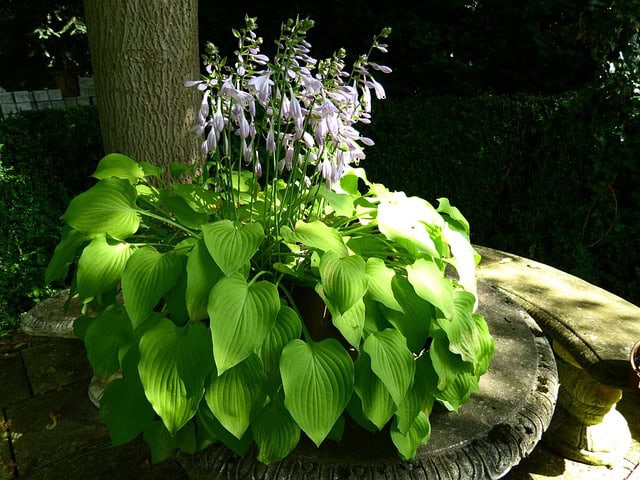
Despite the minor risks associated with hostas, they bring a myriad of benefits to any garden space. Here are some compelling reasons to incorporate these lovely plants into your landscaping:
1. Shade Tolerance
Hostas flourish in shaded areas where many other plants struggle to survive. This quality makes them particularly valuable for gardeners looking to beautify dim spots.
2. Low Maintenance
Once established, hostas require minimal attention compared to other plants. They thrive with occasional watering and a bit of mulching. This low-maintenance aspect is a boon for busy gardeners.
3. Diverse Aesthetics
With many different species and cultivars available, hostas offer a broad spectrum of colors, sizes, and textures. This diversity makes them versatile in various landscape designs, ensuring they can fit into any aesthetic vision.
4. Attract Pollinators
In addition to their visual charm, hostas also attract bees and butterflies when they bloom, enhancing the ecological value of your garden.
5. Soil Improvement
Hostas help aerate and improve soil quality over time, contributing positively to the surrounding ecosystem.
6. Edibility
Though caution should be exercised, hosta leaves and flower buds are technically edible. In some cultures, they are prepared as a delicacy in salads or cooked dishes. However, it’s crucial to ensure that the plant has not been treated with pesticides or chemicals before culinary experimentation.
Alternatives for Pet Owners: Opting for Non-Toxic Plants
If you’re a pet owner hesitating to plant hostas due to concerns for your pets’ safety, fear not! There are several non-toxic alternatives to consider. These plants can provide a beautiful landscape while keeping your furry friends safe:
1. Spider Plant (Chlorophytum comosum)
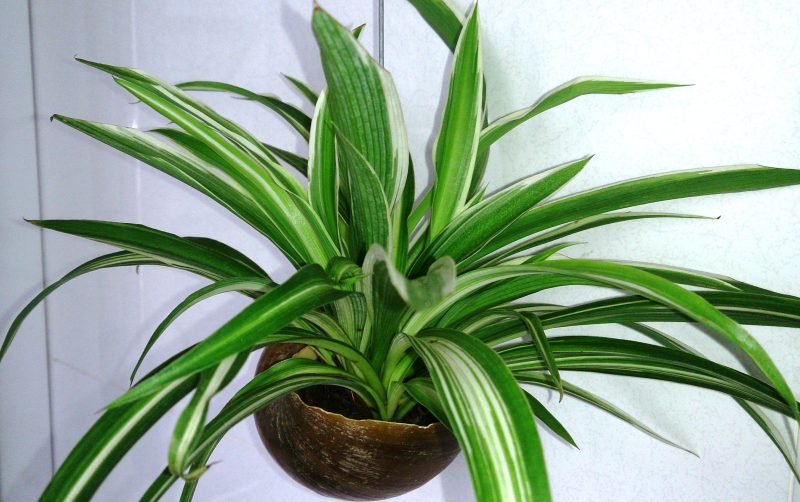
An exceptionally resilient plant that thrives in various conditions, spider plants are non-toxic to pets and make a great addition to any household.
2. Bamboo Palm (Chamaedorea seifrizii)
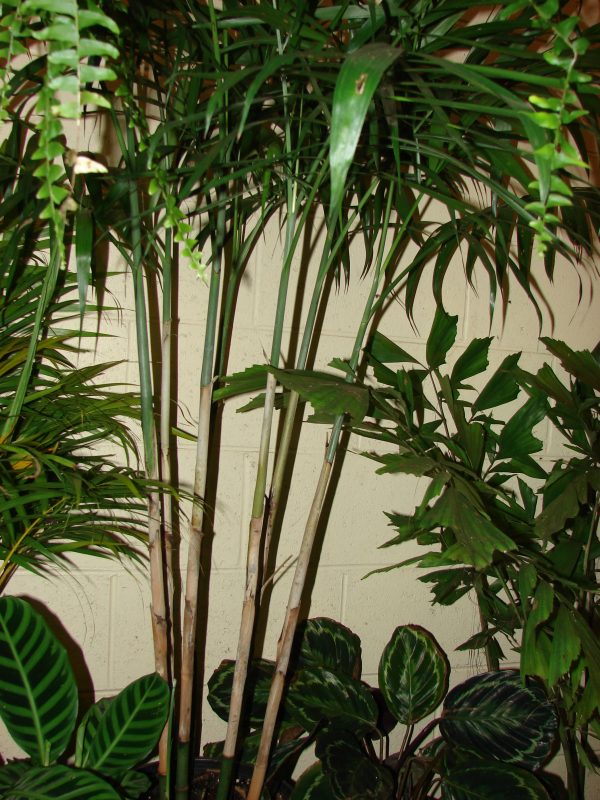
This tall indoor palm creates a lovely tropical feel while being safe for both cats and dogs.
3. Boston Fern (Nephrolepis exaltata)
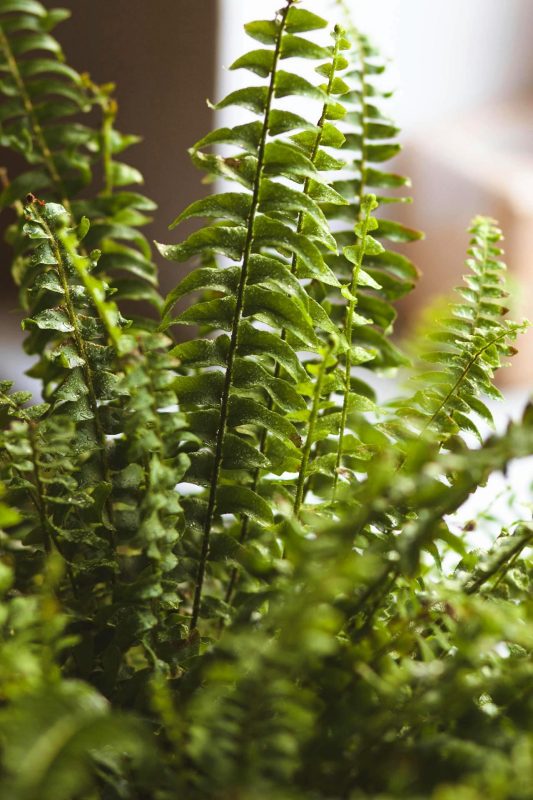
Known for its lush, drooping fronds, the Boston fern adds greenery without compromising your pet’s well-being.
4. Parlor Palm (Chamaedorea elegans)
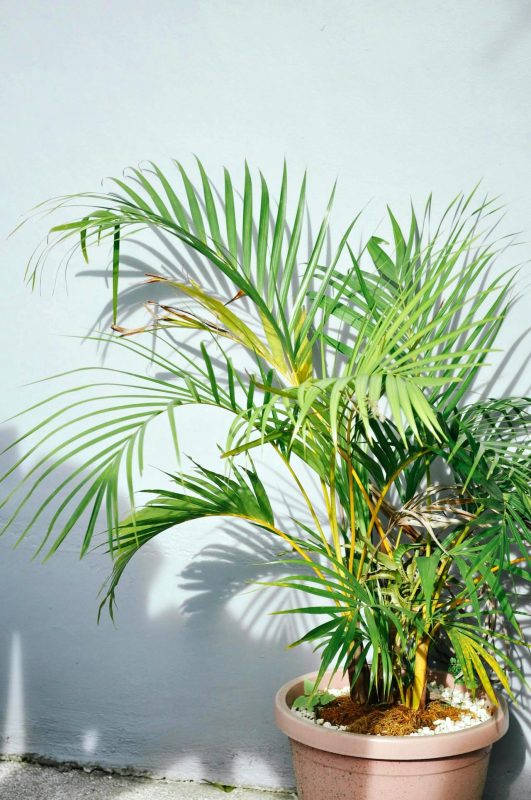
Another safe option, the parlor palm is perfect for low-light areas and requires minimal maintenance.
5. African Violet (Saintpaulia)
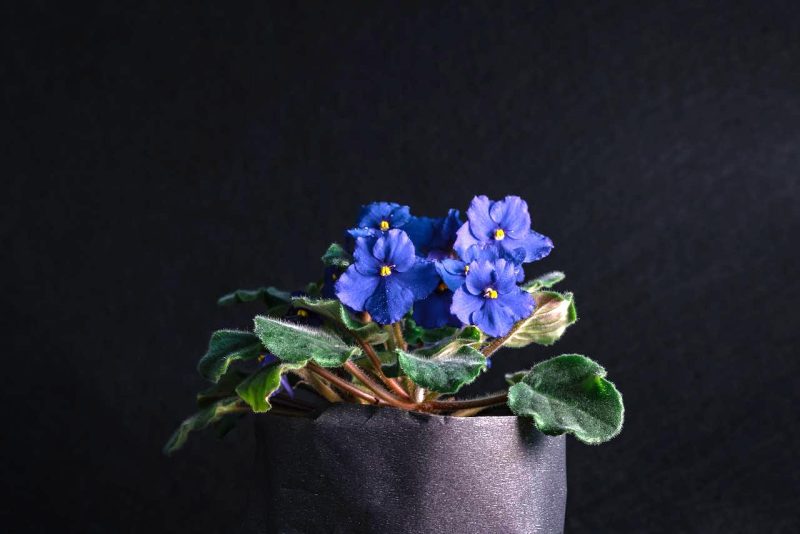
These flowering plants are not only visually appealing but are also harmless to pets.
Conclusion: Assessing the Risks and Benefits
In summary, hostas are not poisonous in the conventional sense for humans, but they may pose mild risks if ingested. For pets, particularly cats and dogs, hostas can cause gastrointestinal discomfort, leading to other health concerns. Regardless, hostas remain an attractive and beneficial option for gardens, especially given their resilience in shaded areas and their aesthetic appeal.


